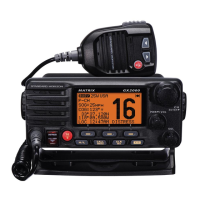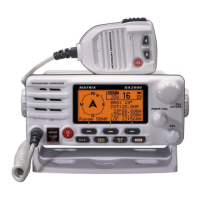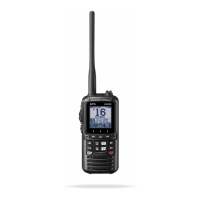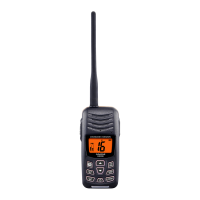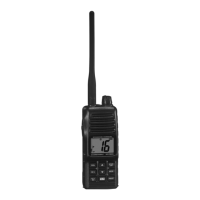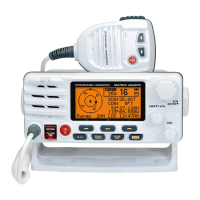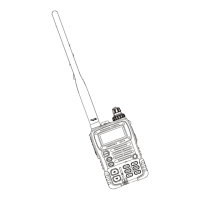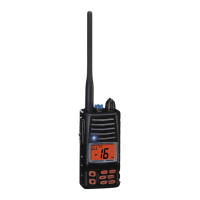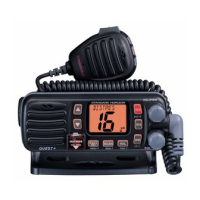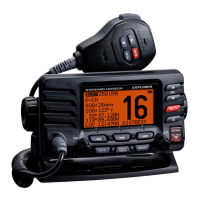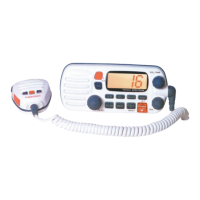Page 1GX2000/GX2100
MATRIX SERIES
GX2000 and GX2100
25 Watt VHF/FM
Marine Transceivers
Owner's Manual
Integrated dual channel AIS (Automatic Identification System) receiver (GX2100)
AIS (Automatic Identification System) receiver or transponder connection (GX2000)
AIS target display: MMSI. Call Sign, Ship Name, BRG, DST, SOG, and COG
Contact AIS Ship with DSC*
38400 AIS VDM sentence output to compatible GPS Chart Plotter (GX2100)
80 dB Commercial grade receiver
Class D DSC (Digital Selective Calling) with Individual, All Ship, Position Report, Posi-
tion Request, and Distress.
Automatically poll up to 4 ships
Independent Channel 70 receiver built-in for continuous DSC watch
Local/Distance attenuator
Enter, Save, and Navigation to waypoint with Compass page
Navigation to a DSC Distress Call
Submersible JIS-7 / IPX7 (3.3 feet for 30 minutes)
ClearVoice noise canceling speaker microphone with channel selection and 16/9 key
Oversized rotary channel knob with push to enter, backlit display and keys
30 Watt PA/Loud Hailer with pre-programmed fog signals and (listen back GX2100)
Capable of connecting an optional RAM3 second station remote microphone
Intercom between radio and RAM3
DSC position request and report function when connected to compatible GPS chart
plotter
Voice Scrambler (optional)
One button access to Channel 16 and 9
User programmable soft keys
Navigation (LAT/LON, SOG, and COG) information shown on display
E2O (Easy-To-Operate) menu system
When connected to an optional GPS (GX2100)
When connected to an optional GPS and AIS receiver or transponder (GX2000)
MATRIX AIS GX2100 MATRIX GX2000
